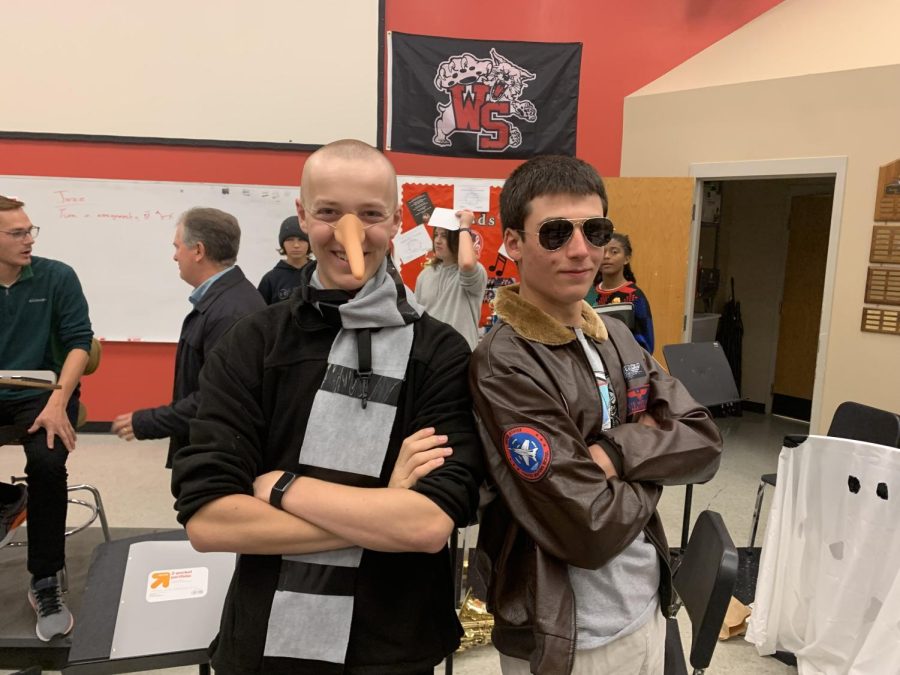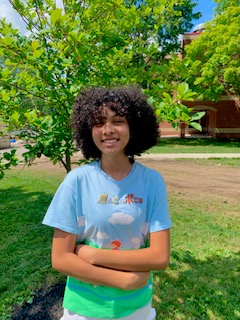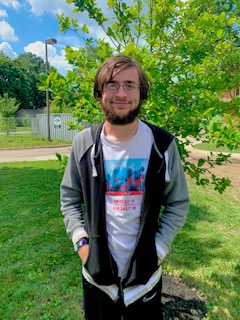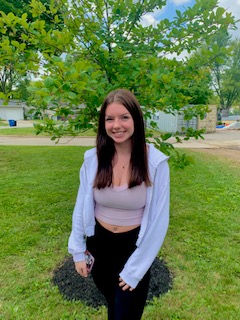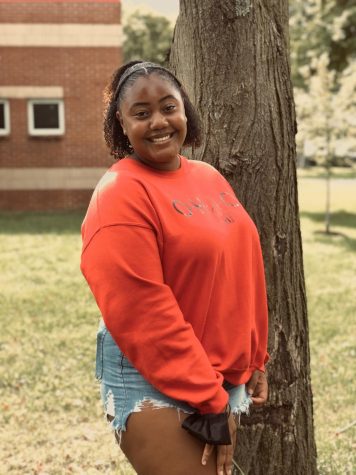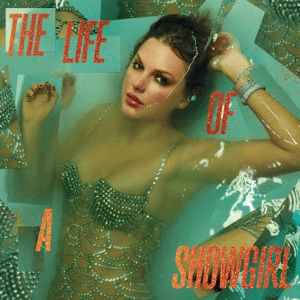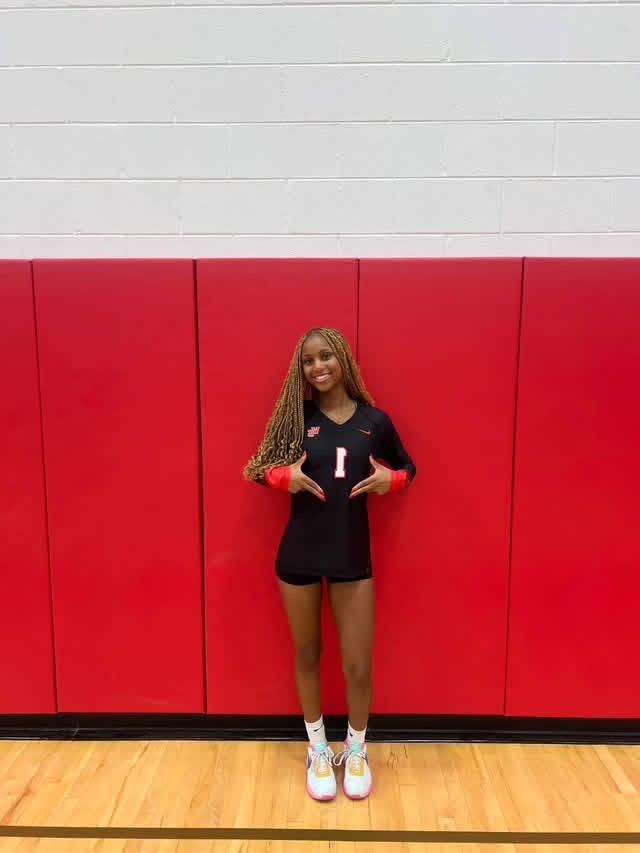South Students Celebrate the Spooky Season
October 28, 2022
Background
Halloween originated with the ancient Celtic festival of Samhain held on Oct. 31,which was first celebrated in Britain and Ireland. During the festival of Samhain, people would light bonfires and wear costumes to ward off ghosts.
For many Celts, Nov. 1 marked the beginning of the year and the day before was marked as hallows eve, today known as Halloween. To the Celts, Nov. 1 marked the end of summer and harvest and the start of cold winters and death.
They believed the night before the new year was when the barrier between the supernatural and living was at its weakest. During the celebration of Samhain, it was believed that this was when the ghosts would return back to earth.
Halloween Traditions: Then vs. Now
The festival of Samhain included many traditions. Ancient Celts considered Samhain to be one out of four of the major quarterly fire festivals.
During Samhain, celebrants joined Druid priests to light a community fire using a wheel that would cause friction and spark flames. The wheel was considered a representation of the sun and used along with prayers.
Cattle were also sacrificed during the celebration since Celts believed that Samhain was when the supernatural would blend with the living, they wore costumes such as animals or monsters so they wouldn’t be kidnapped by fairies.
Stories, similar to scary stories told today, were also told during the festival. During the bonfire, celebrants would also read fortunes. As the middle ages progressed, so did the traditions.
The first jack-o-lanterns were actually made of turnips and attached with strings to sticks and embedded with coal. In Wales, men would throw burning wood at each other in violent games creating fireworks; and in northern England, men also paraded with noise makers.
During this time, a tradition called dumb supper also started. During dumb supper, celebrants invite ancestors to consume a big meal, giving families a chance to interact with the spirits.
Children would often play games to entertain the ancestors and adults would often update the ancestors on the current news. During this night, some people left windows and doors open for the dead to come in and eat cakes left for them.
Trick or treating also originated from the festival of Samhain. Trick-or-treating is said to have been derived from ancient Irish and Scottish practices in the nights leading up to Samhain. In Ireland, mumming was the practice of putting on costumes, going door-to-door and singing songs to the dead. Cakes were given as payment.
Halloween pranks were also a tradition, but most tricks were blamed on fairies.
Jack-o-lanterns, trick-or-treating, and dressing up are still very popular traditions today. However, they are not celebrated for the same reasons.
Most people trick-or-treating do it for the candy in contrast to ancient Celts, who would trick or treat to sing for the dead. Costumes are also now worn more for fun instead for the purpose of warding off ghosts.
With the addition of the old traditions from the festival of Samhain, many new traditions arised. In 1915, the first haunted house was open to the public. Haunted houses were often wound through basements of people’s homes and would spook local children.
In 1966, the trend of Halloween specials also started. The first Halloween special released was “It’s the Great Pumpkin, Charlie Brown”.
Halloween Costumes: Then vs. Now
Most Halloween costumes during ancient celtic times were made of animal skins and heads so spirits or fairies would not kidnap them and think of them as their own kind.
During mumming, people dressed up as costumes resembling the dead. Most of the Halloween costumes worn during ancient Celtic times were often dark or scary to ward off any spirits or ghosts.
When Halloween was first introduced to Americans, the costumes still remained scary and dark in nature. A big part of the costumes was autonomy. Throughout time, people have started to base their costumes on characters from books, tv shows, and other media. Costumes generally started to become less scarier, but they resurfaced when slasher films started to come out.
Halloween Safety Tips
It is always important to stay safe during Halloween whether you are trick-or-treating or going to a halloween party. Officer Keith Jackson said, ““Halloween can be a lot of fun. However you or your friends decide to celebrate, just make smart decisions that won’t cause you any long term problems.” To help stay safe during this Halloween here are some safety tips from Jackson.
Trick-or-treating:
- Stay aware of your surroundings and minimize the amount of time spent scrolling on your phone
- Remember to check traffic as you are crossing the street
- Trick-or-treat in areas you that are familiar to you
- Check candy before eating it
- If you are driving during trick-or-treating make sure to drive slowly and watch out for children
While celebrating Halloween Officer Jackson says:
- Follow the law
- Do not vandalize or participate in pranks that could get you or your friends in trouble


